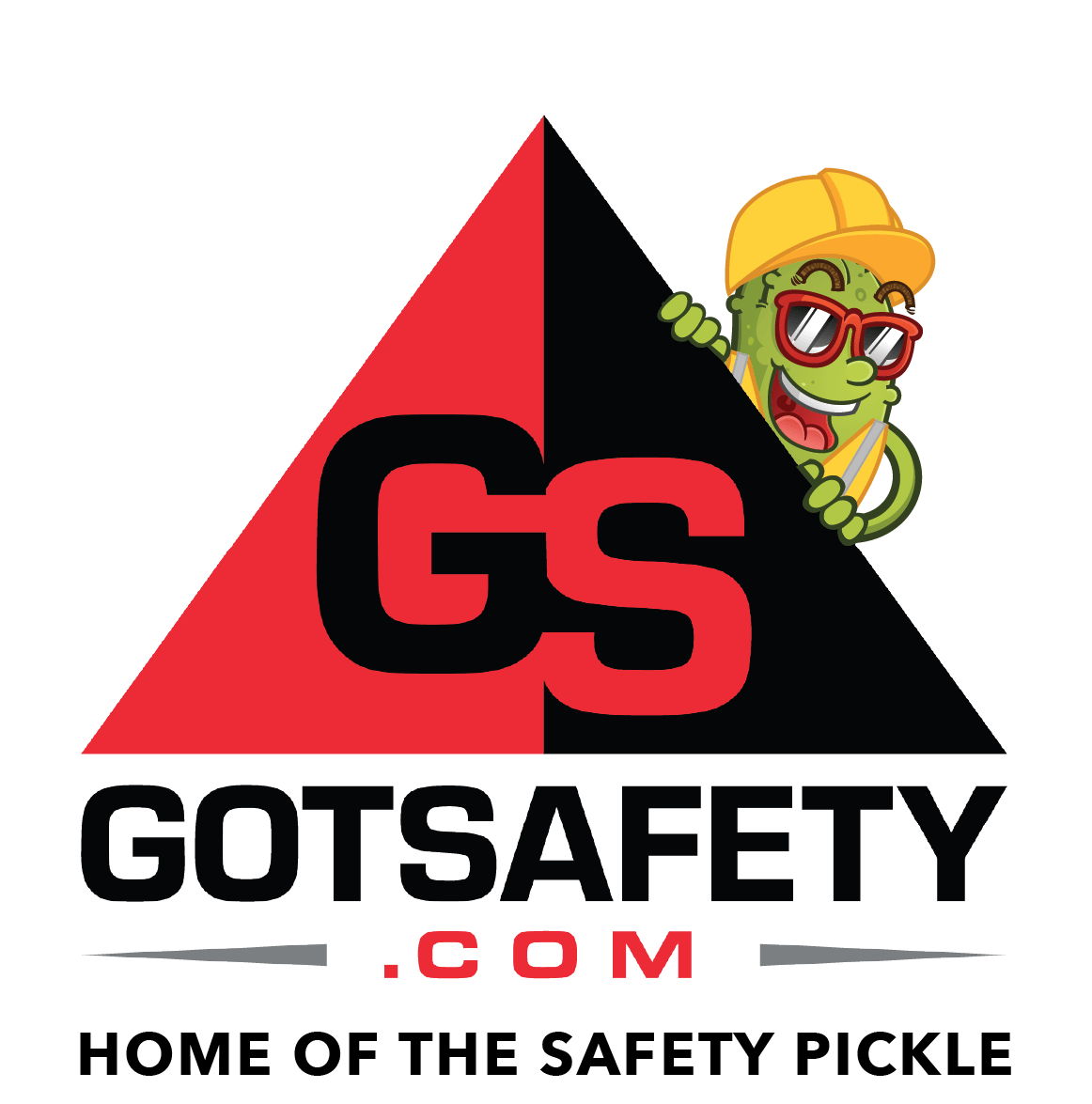A 10 Step Guide to Help with Safety Inspections
Ensuring a safe and secure working environment is a top priority for businesses of all sizes and industries. Whether you operate a manufacturing facility, an office space, or a retail establishment, conducting regular safety inspections is crucial to identify potential hazards, prevent accidents, and protect the well-being of employees and customers. In this comprehensive guide, we present a 10-step roadmap to help you navigate the intricacies of safety inspections. From hazard identification to creating robust safety policies, from evaluating fire safety measures to promoting ergonomic well-being, these steps will empower you to establish a proactive safety culture within your organization. Let’s dive in and discover the key elements that will make your safety inspections thorough, effective, and ultimately, contribute to a safer workplace.

Find This Complicated?
Would you prefer to have someone in person
to walk you through these steps? No worries.
GotSafety’s experience and qualified safety trainers
can come to lend you a hand at your jobsite.
Step 1 – Identify Potential Hazards
Begin by assessing your business premises and operations to identify potential safety hazards. This includes examining the physical environment, equipment, and processes. Make a comprehensive list of all possible hazards.
Step 2 – Create Safety Policies and Procedures
Develop clear and concise safety policies and procedures that address the identified hazards. Ensure that these policies are communicated effectively to all employees and that they understand their roles and responsibilities in maintaining a safe working environment.
Step 3 – Conduct Regular Inspections
Schedule regular safety inspections to assess the condition of your workplace. Assign a competent person or team to conduct these inspections. Inspections should cover areas such as fire safety, electrical systems, equipment maintenance, ergonomics, and general housekeeping.
Step 4 – Check Emergency Preparedness
Verify that your business has appropriate emergency preparedness measures in place. This includes functioning fire extinguishers, accessible emergency exits, clearly marked evacuation routes, and well-communicated emergency procedures. Conduct drills periodically to ensure employees are familiar with emergency protocols.
Step 5 – Assess Equipment Safety
Inspect all machinery, tools, and equipment regularly to ensure they are in proper working condition. Check for any defects, worn-out parts, or potential hazards. Maintain a comprehensive record of inspections, repairs, and maintenance activities.
Step 6 – Review Chemical And Material Safety
If your business handles hazardous chemicals or materials, ensure that they are stored and handled safely. Implement proper labeling, storage protocols, and personal protective equipment (PPE) requirements. Train employees on safe handling practices and provide Material Safety Data Sheets (MSDS) for all chemicals used.
Step 7 – Maintain Cleanliness and Order
Good housekeeping practices are cruciual for preventing accidents. Regualrly inspect and maintain clean and organized work areas, storage spaces, and walkways. Address and spills, debris, or potential tripping hazards promptly.
Step 8 – Promote Ergonomic Safety
Assess the ergonomic design of workstations, seating, and tools to minimize the risk of strain or injuries. Encourage proper posture, provide adjustable furniture, and educate employees on ergonomics best practices.
Step 9 – Train Employees
Implement a comprehensive safety training program for all employees. This should cover topics such as hazard recognition, emergency response, proper equipment usage, and safe work practices. Conduct refresher training periodically to reinforce safety awareness.
Step 10 – Document And Address Safety Concerns
Encourage employees to report any safety concerns promptly. Maintain a system for documenting and addressing these concerns in a timely manner. Regularly review safety incident reports and take corrective actions to prevent similar incidents in the future.
Inspections and GotSafety
Investing time and effort into safety inspections is a fundamental responsibility for every business. By following the comprehensive 10-step guide we have outlined, you can establish a robust safety management system, mitigate risks, and foster a culture of safety within your organization. However, we understand that managing safety inspections can be complex and time-consuming, especially for businesses with limited resources. That’s where GotSafety can lend a helping hand. With their expertise and experience, GotSafety offers professional safety inspection services tailored to your specific needs. Their team of skilled inspectors will thoroughly assess your workplace, identify potential hazards, and provide actionable recommendations to enhance safety. By partnering with GotSafety, you can focus on your core business activities while ensuring that your safety inspections are in the hands of trusted experts. Take the proactive step towards a safer workplace by reaching out to GotSafety today.

